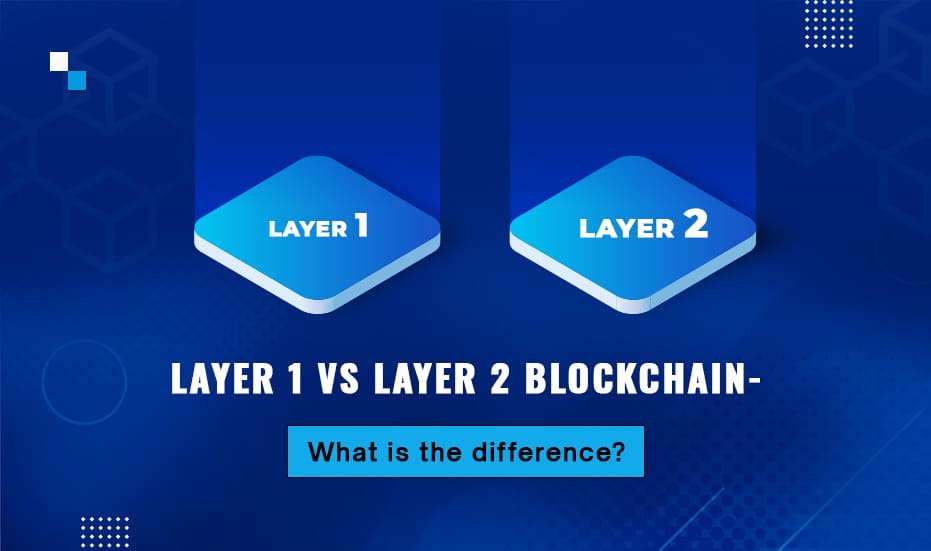Layer 1 vs. Layer 2: Which Blockchain Scaling Solution Works Best? This question has sparked a lively debate among blockchain enthusiasts and developers alike, as both solutions offer unique advantages and address the challenges of scalability in their own ways. Layer 1 solutions aim to enhance the core blockchain protocols, while Layer 2 solutions focus on building networks atop existing ones to improve transaction speeds and efficiencies.
With the rise of cryptocurrencies and decentralized applications, understanding these solutions is critical for anyone involved in the blockchain ecosystem.
In exploring these concepts, we will define what Layer 1 and Layer 2 solutions entail, delve into their functionalities, and evaluate their effectiveness in solving the pressing issue of scalability. As we navigate this complex landscape, you’ll gain insights into how each approach impacts overall network performance and user experience.
Technology has become an intrinsic part of our everyday lives, permeating nearly every aspect of human existence. From the moment we wake up to the sound of our smartphones to the time we spend unwinding in front of a smart television, technology shapes our experiences, interactions, and even our thoughts. This article aims to delve into the evolution of technology in modern society, exploring its historical context, its current impact, and its potential future.
A Brief History of Technological Advancement
The journey of technology dates back to the dawn of humanity. Early humans used basic tools made of stone, wood, and bone to hunt, gather, and protect themselves. As civilizations progressed, so did technological innovations. The invention of the wheel around 3500 BC marked a significant leap, allowing for improved transportation and trade.
Fast forward to the Industrial Revolution in the 18th and 19th centuries, where inventions like the steam engine and mechanized looms transformed economies and societies. Factories sprang up, urbanization accelerated, and the concept of mass production emerged, changing how goods were manufactured and consumed.
The 20th century brought about an explosion of technological advancements, particularly with the advent of computers. The invention of the microprocessor in the 1970s paved the way for personal computers, making technology accessible to the average person. This was followed by the rise of the internet in the 1990s, which revolutionized communication, information sharing, and commerce.
Current Impact of Technology
Today, we live in a world where technology is omnipresent. The internet has become the backbone of modern life, enabling instant communication, access to vast information, and online services. Social media platforms allow us to connect with friends and family across the globe, share experiences, and even advocate for social change.
In the realm of business, technology has transformed operations and customer interactions. E-commerce has become a dominant force, with online shopping providing consumers with convenience and variety. Businesses leverage data analytics to understand consumer behavior, optimize supply chains, and enhance marketing strategies. Artificial intelligence (AI) and machine learning are reshaping industries by automating processes, improving efficiency, and enabling personalized experiences.
Healthcare is another area where technology has made significant strides. Telemedicine has made healthcare more accessible, allowing patients to consult with doctors remotely. Medical technologies such as wearable devices and health apps empower individuals to monitor their health and wellness proactively. Advancements in medical research and biotechnology have also led to groundbreaking treatments and therapies, improving quality of life for many.
Challenges and Considerations
While the benefits of technology are vast, it is essential to acknowledge the challenges and potential downsides. Privacy concerns have emerged as a significant issue, with data breaches and surveillance raising questions about security. The rise of misinformation on social media platforms can distort public perception and undermine trust in information sources.
Moreover, the digital divide remains a pressing concern. Not everyone has equal access to technology, which can exacerbate existing social and economic disparities. This gap highlights the need for efforts to ensure that technology is inclusive and equitable, rather than a privilege for a select few.
The Future of Technology: Layer 1 Vs. Layer 2: Which Blockchain Scaling Solution Works Best?
Looking ahead, the future of technology holds both exciting possibilities and daunting challenges. Emerging technologies such as quantum computing, advanced AI, and the Internet of Things (IoT) promise to further revolutionize how we live and work. Quantum computing could solve complex problems that are currently beyond our reach, while AI may continue to evolve into even more sophisticated forms.
However, with these advancements come ethical considerations. The integration of AI into daily life raises questions about job displacement, decision-making autonomy, and accountability. As technology continues to evolve, society must grapple with these issues to ensure that innovation aligns with human values and ethical principles.
Conclusion
In conclusion, technology has undeniably transformed modern society, impacting how we communicate, conduct business, and care for our health. While we celebrate the incredible advancements that technology has brought, it is crucial to remain vigilant about its challenges and implications. By embracing responsible innovation and ensuring equitable access, we can harness the power of technology for a better future.




